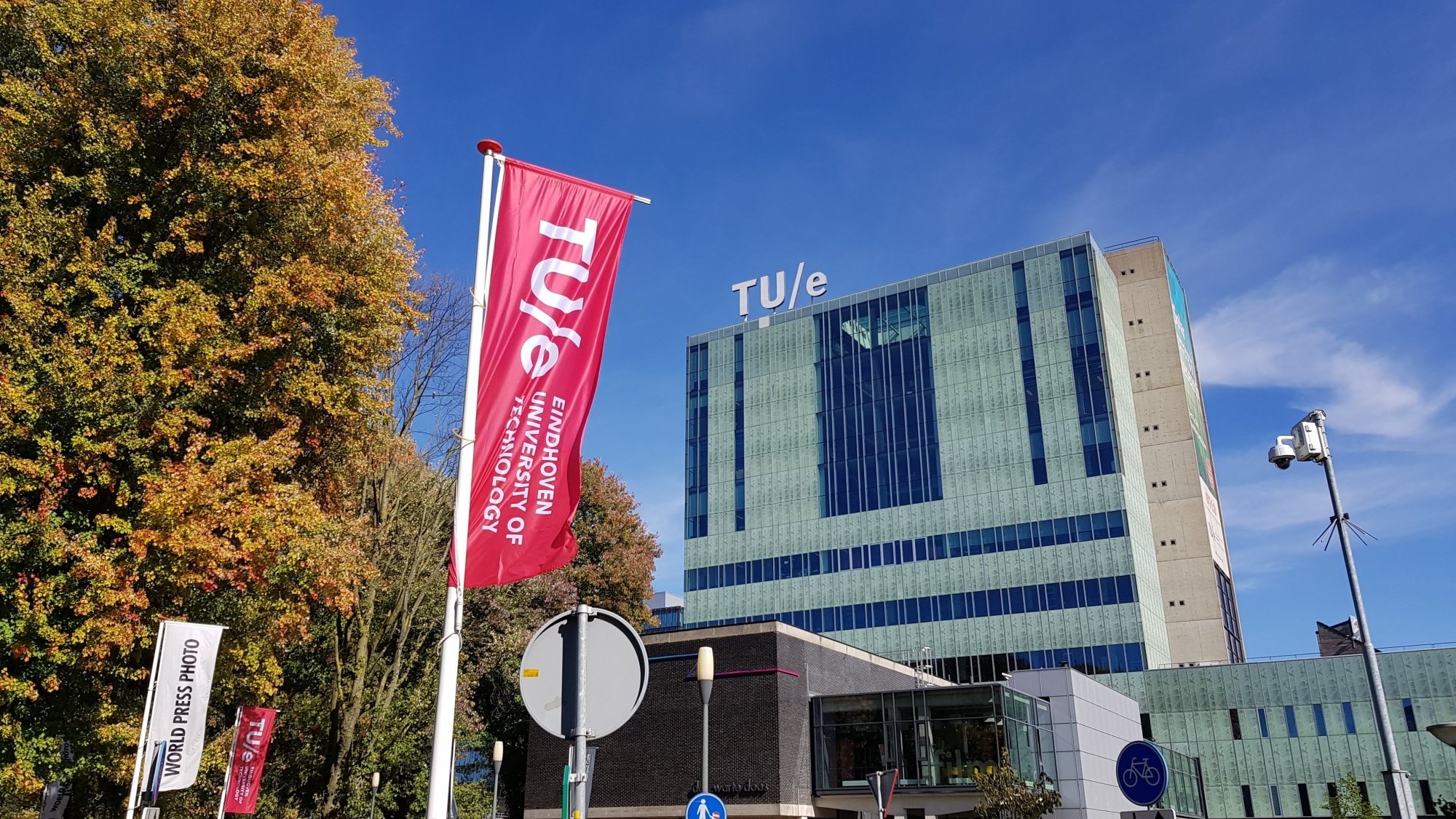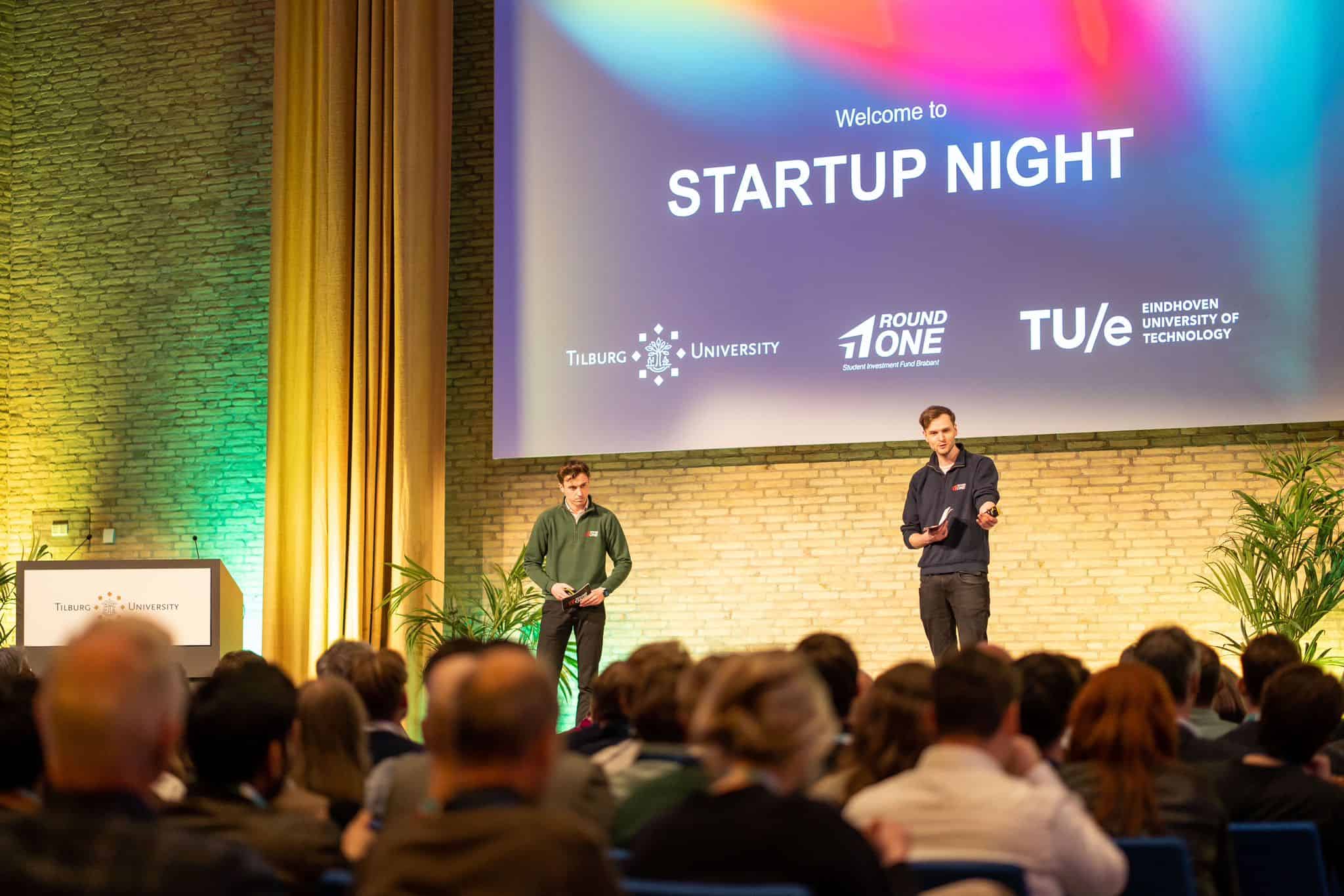
The usual suspects normally know how to find their way to the Technical University, the lines are short. They co-funded research, supported educational projects or attracted talent. But what about smaller companies and suppliers? Will the door remain closed for them?
Hans van Dinteren does not, in any case, he tells us at the Campus of Eindhoven University of Technology (TU/e). He is a member of the TU/e Innovation Lab, the university’s valorisation service where, in collaboration with companies, the knowledge developed at TU/e is brought to the market and society. As director of the SURE Innovation programme, he and his colleagues associate excellent master’s students with technology companies. “For suppliers, it is very important to keep up with the speed of innovation, for which good knowledge is essential. With TU/e SURE Innovation, we offer this in an easily accessible way.”
“Building bridges between MKIs (central and small industry) and knowledge institutions is of great importance for the Netherlands bv”Ineke Dezentjé Hamming-Bluemink, President FME
BlueJay students tell those present about their project
This low-threshold event was exactly what Kees de Schipper was looking for for the membership event of NEVAT, a trade association of suppliers. “We are a true binder, by joining forces we hope to accelerate innovation and improve the competitiveness of our members. To this end, we enter into partnerships with our network of knowledge institutes, SMEs and industry. We have ended up at the TU/e, we still see plenty of opportunities for our members.”
Katja Pahnke, too, believes that cooperation with universities is something outdated only for large companies. She is from High Tech System Center (HTCS). Here they find solutions for the industry, do research and come up with innovative ideas. “It is precisely by working closely together with the industry, both OEM companies and SME companies that you can see what is going on and respond to it. Everyone must benefit from each other and learn from each other to keep innovating.”
In addition to VDL, Ton Peijnenburg also works one day a week as a fellow at HTSC and adds: “It’s great for a major player to have state of the art contamination control, but if someone in the supply chain does not have that and there are processes which are not clean, then the product they supply will eventually not be as good as it could have been. That’s a pity. At HTSC we try to increase academic thinking in the industry.” According to Peijnenburg, this is difficult because the industry is about system design and little is published in scientific research.
Text continues under the video.


“We need to find a balance between designing and publishing. By working in multidisciplinary teams, disciplines can strengthen and challenge each other in order to arrive at new insights and solutions. Some technologies already exist. For example, plasma cleaning of pigsties which reduces air pollution, but these techniques are still too expensive for the industry to be applied on a massive scale. The next step is to increase its accessibility.”
Peijnenburg believes that software is becoming increasingly decisive: “A good example is the car: it does not take long before it contains more than 100 million lines of code. But all hardware has to continue to work with each other. The hot potato is always passed on to the public because if someone changes anything to a rule, the house of cards can collapse and the car will no longer work. We all need to think about this together. But that’s a way of thinking that suits the Netherlands: joining forces and wanting to learn from each other.”

This is something that the market currently needs, says Ineke Dezentjé Hamming-Bluemink, chairman of FME (entrepreneurial organisation for the technological industry). Building bridges between MKIs (central and small industry) and knowledge institutions is of great importance for the BV Netherlands. It is still not often enough, but you can see that the market is increasingly demanding this. A few days ago, I was visiting a company that hired an R&D team of 25 engineers, which I only welcome. But also companies that develop together with customers. We often do not realise that, but that is something that makes the Netherlands unique. Look at the Brainport region, here the triple helix thinking is practically invented, in China those pillars are independent of each other. Working together is therefore crucial to grasping opportunities in the digital battle, so you can continue to innovate.”
NEVAT chairman Kees de Schipper hopes for new matches: “Surely it would be cool if a collaboration between the TU/e and one of our members were to be established today?”








